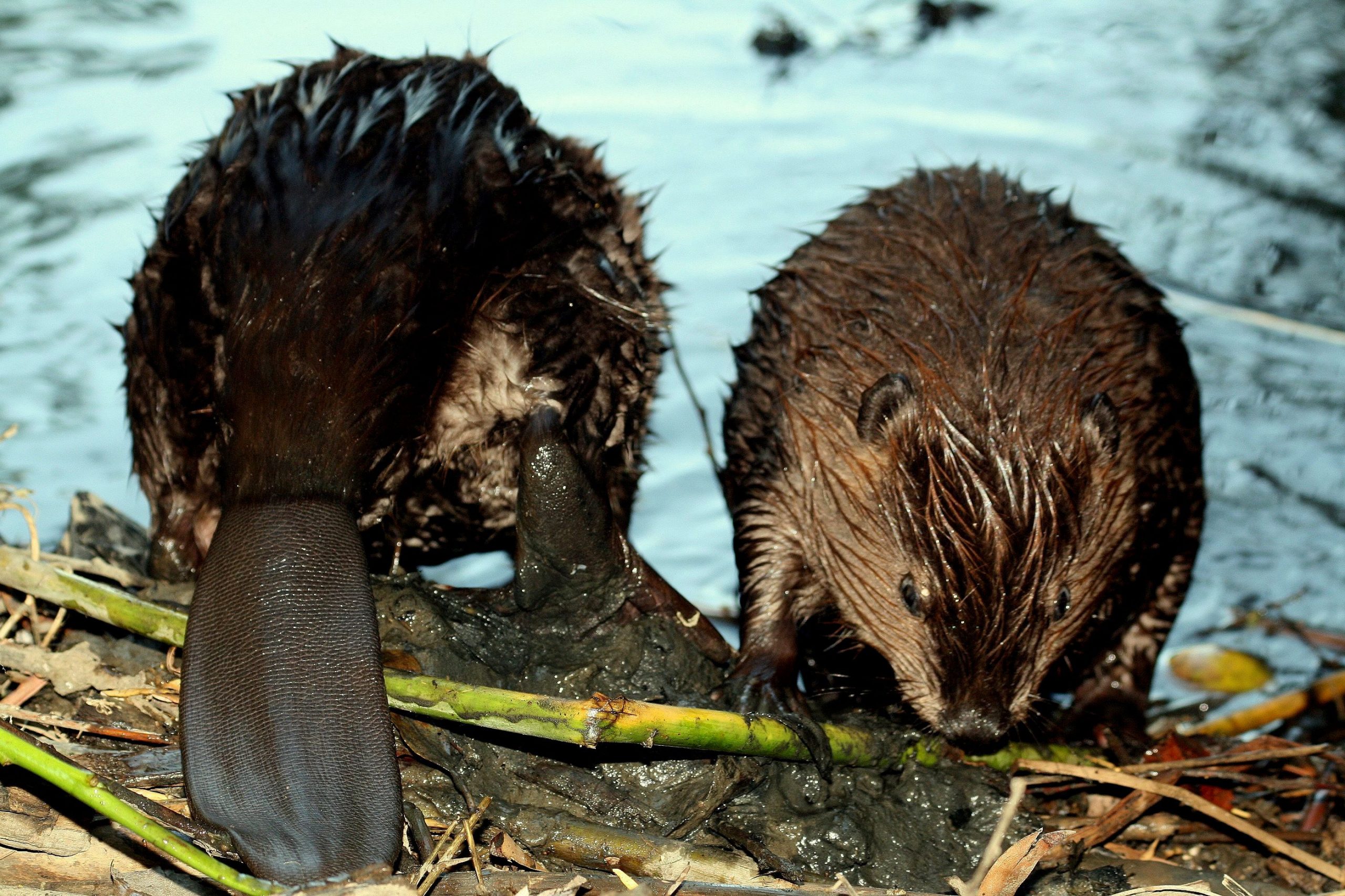
Much like when tech money reshapes an historical neighborhood, a beaver’s move downtown can cause the locals to worry. In Napa, the animals’ sprawling waterfront complexes create worrying pools along the riverbank, while the native cottonwoods are whittled down and threaten landowners’ roofs. It seems destined that two species known for their environmental engineering would struggle to live in unison. However, municipalities like Napa and Martinez in Contra Costa County have learned to live with their beavers, and the upcoming California Beaver Summit aims to set the record straight.
“Our approach is hands-off,” says Jeremy Sarrow, a resource specialist with Napa County Flood Control and Water Conservation District, describing the county’s tack toward managing beaver dams built along inhabited waterfronts. This isn’t so much to say that they turn a blind eye to conflicts between beavers and concerned landowners, but rather that their position is that there’s no need for conflict in the first place.
Sarrow explains that while beaver dams appear to look like they can cause localized flooding, they aren’t as permanent as they appear. “When you get a decent flow event, even a one- or two-year reccurence interval, there’s typically enough velocity to blow out the dam entirely,” he says. Simple underwater structures can also be installed to allow water to flow freely underneath the dam. While beaver-felled trees can cause property damage, Sarrow suggests that a three-foot-high wrapping of hardware cloth (similar to chicken wire but more durable) around the trunk of a tree is sufficient to deter a beaver.
Furthermore, it’s becoming increasingly apparent that beaver habitats have a lasting positive impact on surrounding ecosystems. Emily Fairfax, a scientist and assistant professor at California State University Channel Islands interviewed by Estuary News last April, has focused her research on beavers’ impact on fire resilience. “In severe fires, areas with beaver dams held up pretty well,” says Fairfax. Viewed from above, “those areas stayed green.”
Recent Bay Area history has also shown that when a beaver moves in, a whole lot of biodiversity follows. In 2007, when one settled into Alhambra Creek in Martinez, Heidi Perryman and other community advocates fought to protect it from government-ordered extermination. “Within a few months, we saw green herons, wood ducks, and river otters returning to the creek,” Perryman says. She went on to found the community group Worth A Dam to tell the story of the Martinez beaver and advocate for a similar approach in other urban waterways.
This kind of lynchpin effect is characteristic of a keystone species. Like grey wolves and sea otters in their respective domains, beavers play a critical role in fostering the health of riparian ecosystems, yet they still struggle for the recognition they deserve.
In May of 2020, the California Department of Fish and Wildlife issued a permit to trap and shoot beavers in eastern Contra Costa County, despite Martinez’s precedent. A local news outlet described the controversy that ensued as “a backlash from animal lovers” over “pesky beavers.” Despite the growing understanding among both scientists and government agencies, the popular notion of beavers as pest species, not ecological wunderkind, remains indelible.
This enduring misconception stems from the belief that beavers aren’t endemic to California. In reality, frontier trappers and traders nearly extirpated beavers from the state. By the time the 49ers came west, beaver sightings were so few that they were perceived as a novelty, not a necessity. “We convinced ourselves that we didn’t need them,” says Perryman.
To help educate the community and share best practices across agencies and counties, Perryman and others have organized the California Beaver Summit this April 7 and 9. Speakers will clarify beaver history, share the benefits their presence provides, and teach how to interact more responsibly with them. Fairfax, a featured speaker on the second day, will discuss her recent research on beavers and last year’s historic fire season.
“It’s not about having enough evidence at this point,” says Perryman on the value beavers bring to California waterways. “Everybody that drinks water and doesn’t want their house burned down should be interested in something that solves both problems.” Author’s note: It appears that there is no consensus on how to pluralize “beaver.” The author has chosen to use “beavers” (over “beaver”) for consistency and clarity’s sake, and feels strongly that the summit should have a panel dedicated to getting to the heart of this matter.
Top Photo: Two beavers by Heidi Perryman
Prior Estuary News Stories
Beavers Offer Wildfire Protection
Two Scarce Mammals Stage a Comeback
Other Links